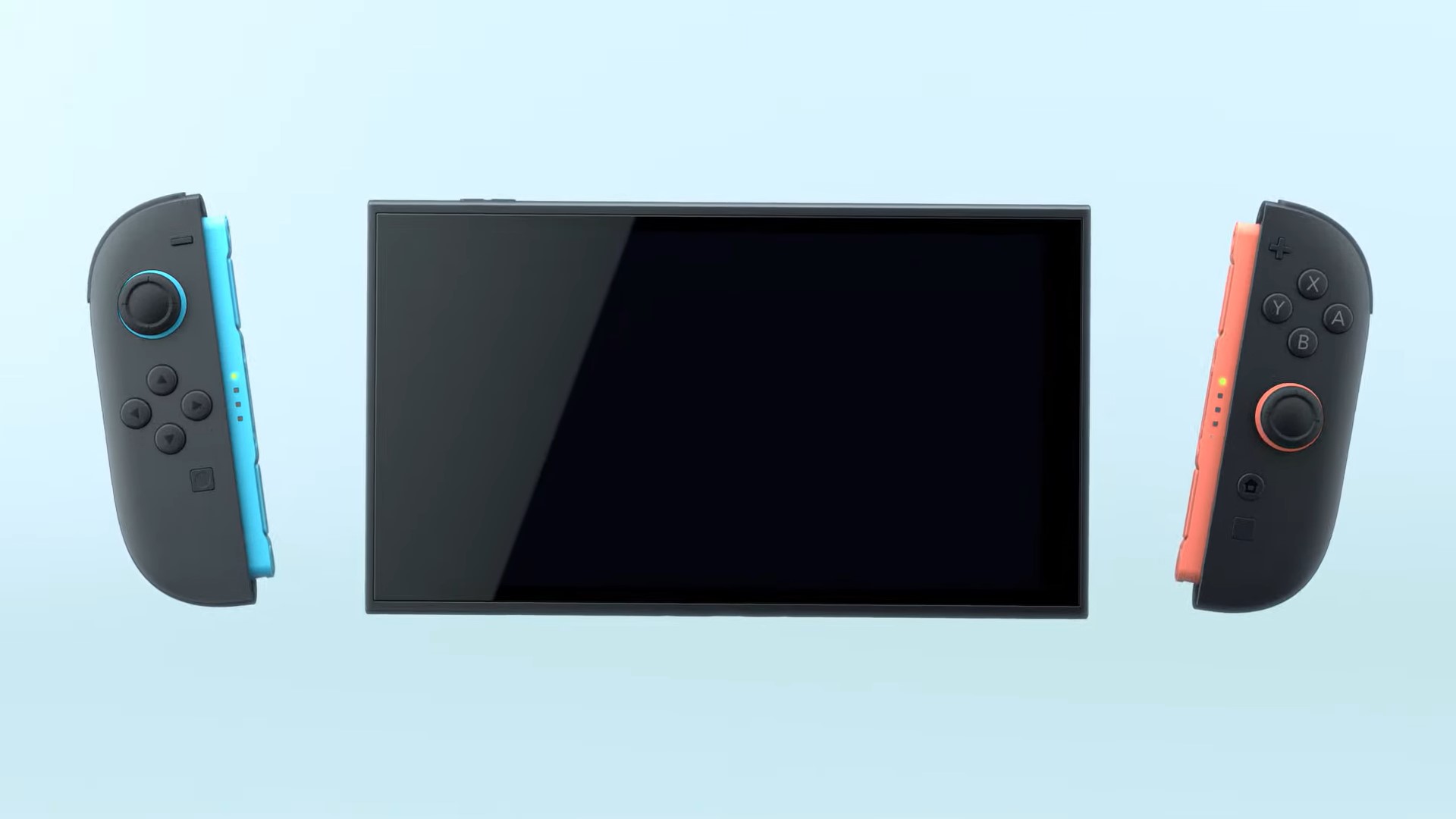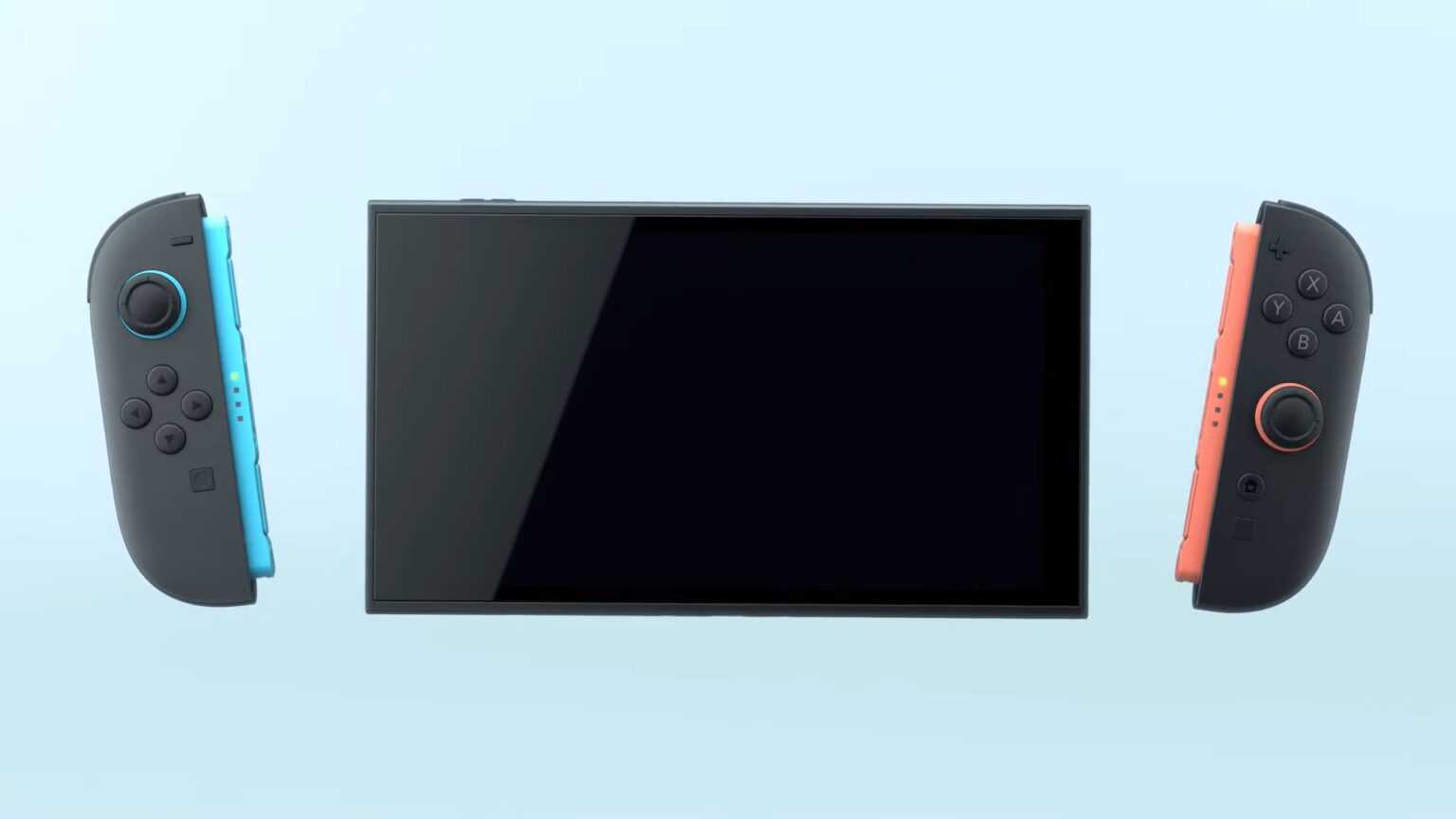Stop me if you’ve heard this one before: hot on the heels of a riotously successful console selling over 150 million units, a company comes out with a successor that, owing to a higher-than-expected price, ends up sparking backlash and the ire of the masses, to its own fiscal detriment. This happened with the PS3 following the PS2’s success, and this happened with the 3DS after the success of the Nintendo DS. Now, Nintendo finds itself in that position once again, with the Switch 2 looking to follow up on the Switch’s spectacular success. And once again, questions emerge about what the console’s price is going to be- because that’s the one big factor that could make or break any new hardware release, regardless of how well its predecessor may or may not have sold.
Several factors are at play here, and Nintendo is going to keep its cards close to its chest until the day it chooses to announce the Switch 2’s price (which is likely going to be the upcoming April Direct). Until then, however, we can, at the very least, look at the company’s track record and make some educated guesses on that front. And the first factor that comes to mind is, of course, the fact that Nintendo is going to want to sell the console at a profit right off the bat. Selling at cost or even taking losses with hardware sales isn’t exactly uncommon practice – especially in the first couple of years after a new console’s launch, which is when component prices tend to be highest – but Nintendo in particular has generally avoided doing that.
Speaking of component prices and manufacturing costs, that is the next big factor to take into consideration, and it, unfortunately, is not one that is in the general consumer’s favour. The last few years have not only not seen prices for, say, semiconductor chips or memory lowering, they have outright seen those prices going up. One look at current-gen hardware in general is enough to drive that home. The PS5 and Xbox Series X/S have both seen numerous price increases since the four-plus years they came out, and it doesn’t look like market conditions are going to improve on that front anytime soon. If anything, manufacturing costs have every chance of going further higher, especially if, say, tariffs end up being placed on sectors and markets that will directly impact the games industry (something that’s looking increasingly likely by the day).
All of which is to say that we can almost take it as a given that the Nintendo Switch 2’s price is going to be notably higher than that of its predecessor. How much higher though? Well that, of course, is very much the question. The Nintendo Switch’s base model is priced at $300, and its OLED model at $350, which means a $400 price point for the Nintendo Switch 2 doesn’t seem outside the realm of possibility. In fact, it seems quite likely, because in the current market, a new console costing $400 seems entirely reasonable.
But Nintendo, being a profit-driven business, might be asking itself- is it perhaps too reasonable? “How much can we get away with?” is often the question that companies ask themselves when they’re trying to decide on a new product’s pricing. And the answer to “will people be fine with a $450 Nintendo Switch 2?” is largely going to be “yes”. There might be some who might take issue with it, but from Nintendo having a mountain of goodwill to fall back on to the Switch 2 following up on one of the greatest gaming hardware success stories of all time, there are more than enough factors at play that ensure that a $450 price point is likely not going to be deemed too high for the next Nintendo machine.

So yes, a price point somewhere between $400 and $450 is likely going to be the sweet spot- acceptable to both Nintendo and audiences. Going higher than that, however, could have self-destructive results. For instance, Nintendo may well bank on the fact that the Switch 2’s early sales, at the very least, are likely not going to be affected much by a higher launch price. It could also argue that a $500 price point is par for the course for the current market, given other platforms’ prices. But moving beyond early sales, a higher price point obviously will impact sales in the long-term. And PS5-equivalent pricing for a new handheld device that is nowhere near as powerful will be widely opposed, current market conditions be damned.
Nintendo, of course, is going to be well aware of that fact. Let’s not forget that the company has been in this position before. It followed up on the DS with the 3DS, which was notoriously overpriced upon release, something that ended up dragging the device’s sales down significantly (until price cuts were implemented). As successful as the DS had been, the goodwill it generated wasn’t ever going to outweigh an overpriced successor. And Nintendo, of course, is a company that tends to learn from its mistakes- as evidenced by the Switch 2’s iterative nature and even its name, with the company clearly desperate to avoid another Wii U situation. One would hope, then, that the Big N will have similarly kept the lessons it learned with the 3DS in mind as it decides what price to launch the Switch 2 at.
And something else that’s worth keeping in mind- Nintendo is likely going to want to go the entire Switch 2 lifecycle without doing any actual price cuts. The Switch has managed to go the entire last eight years without ever having dropped from its $300 launch price, and you’d assume that Nintendo will want to stick with such a model going into its next generation of hardware as well. Of course, we might still get lower priced options in other ways, such as with a Switch 2 Lite – in fact, we almost definitely will sooner rather than later – but there’s a good chance that several years from now, approaching the end of its own lifecycle, the Switch 2 is going to be available on shelves at the same price that it will be when it goes on sale later this year.
Nintendo has always been a company that has been very clear in its drive to appeal to the largest possible audience, including families and the younger demographic, and in turn, it has also always been aware that many in those groups are going to be turned off by a steep price point for a gaming console. One would assume that it will have that same awareness with the Switch 2. Industry analysts all seem to believe that that will indeed be the case, and that a $400 or $450 price point is what the Switch successor is going to launch with. If that is indeed the price Nintendo picks, it’ll be a decision worth celebrating, especially with the games industry have been locked in a spiral of constantly increasing prices and costs for several years running.
Note: The views expressed in this article are those of the author and do not necessarily represent the views of, and should not be attributed to, GamingBolt as an organization.
